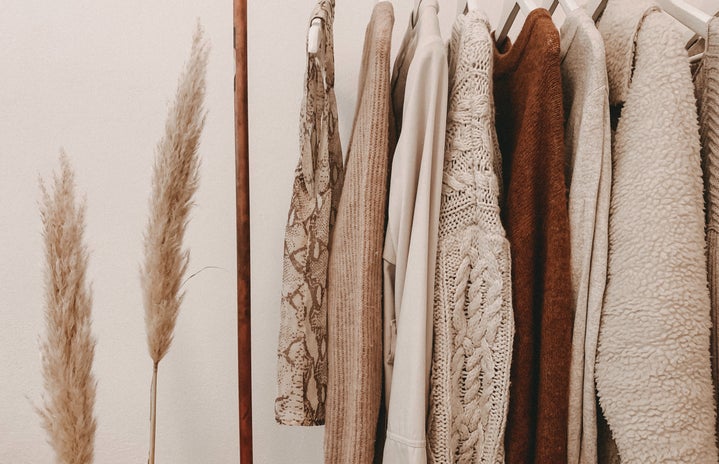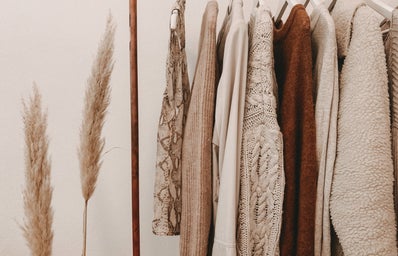Thrifting has recently seen a resurgence thanks to Gen Z. From songs by Macklemore to viral thrift flips, pop culture has been heavily influenced by the practice of thrifting. Thrifting allows for individuality and uniqueness, so it’s only fitting that Gen Z and millenials would take a liking to this kind of activity as a medium for self expression.
While there is this amazing wave of sustainable fashion, there is also a population that primarily supports fast fashion. Online stores like PrettyLittleThing and Shein have infiltrated online platforms and promoted one-time-use clothing (you literally can’t wear these items more than once). Thrifting and fast fashion ironically are both at the forefront of fashion and stand for two completely different beliefs.
Fast fashion is “clothing designs that move quickly from the catwalk to stores to take advantage of trends” and when trends fade or shift to something else, all of the current clothing becomes “out of style” so to speak and are then thrown out. Companies see a market for selling cheaper, more disposable clothing because it will continuously bring in customers seeking items for the newest trend. Clothing becomes out-of-date much faster than its physical lifespan which leads to large amounts of waste. In order to appeal to mass production and a plethora of different styles, these stores appeal to cheap labor and bad environmental practices. Fast fashion is focused on the present moment and not so much on sustainability or the future.
Thrifting is the activity of buying and using second hand or used items. Thrift stores have clothing and other items that come from all time frames and appeal to anyone and everyone’s personal taste. Stores such as Crossroads, Goodwill, Plato’s Closet, and Salvation Army are all really good places to find used goods and repurpose them for your own life, some stores even allowing you to sell your unwanted goods for store credit or cash. Yet another bonus of thrifting is that if you like the look or products of some fast fashion brands, thrift stores will most likely have them for a fraction of its original price.
If you have read this far and decided that thrifting is for you, I have some tips:
- Make sure to sell and get rid of any items you don’t want. This will not only free up closet space but also allow you to potentially gain a return on your investment.
Stores that buy pieces: Crossroads, Plato’s Closet, Thredup, Buffalo Exchange, Plato’s Closet
Stores that provide tax deductions: The Salvation Army, Goodwill, Volunteers of America
Platforms where you can sell at your own price: Depop, Poshmark, Facebook Marketplace, Craigslist
- Look for both well established stores to get staples and also other smaller ones that may have less traffic for better unique finds.
- When deciding whether to buy a piece, think to yourself “is this an item I will reach for?” or “is this a style I typically wear?”. It can be really easy to buy pieces you never end up wearing because of the low price point, but that defeats the point of thrifting for sustainability.
- This may seem easier said than done, but learning to do a basic stitch or basic hemming on a sewing machine can really come in handy and elevate the look of a piece.
While thrifting and fast fashion are oxymoronically at the forefront of our fashion industry, thrifting offers a more sustainable and overall better option. Happy thrifting!


